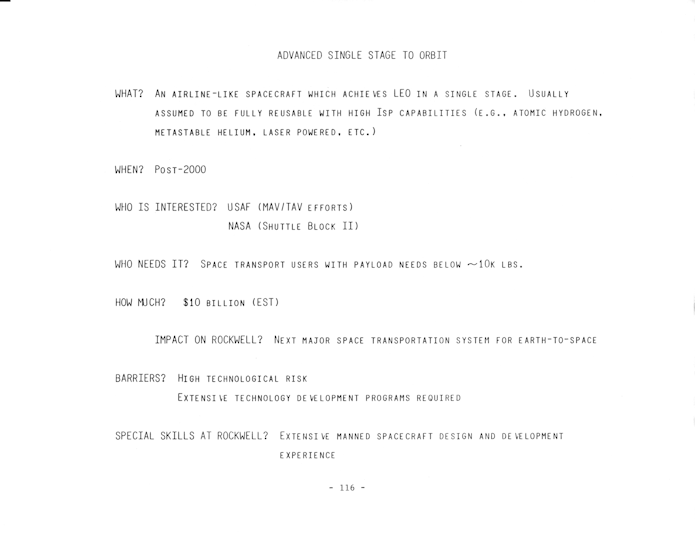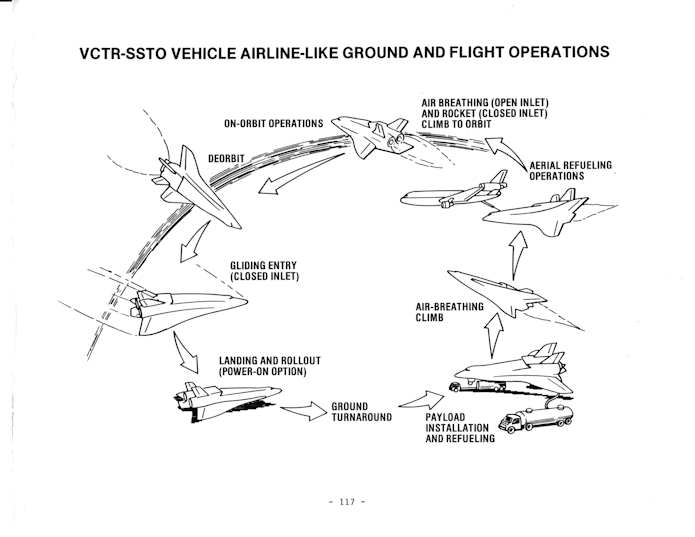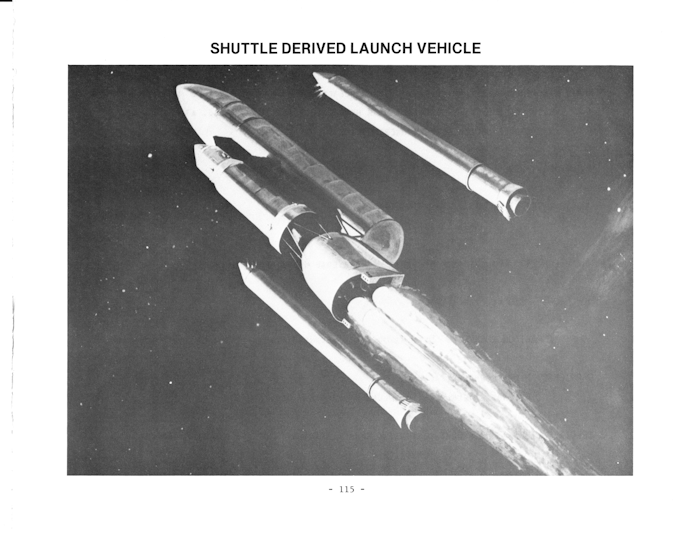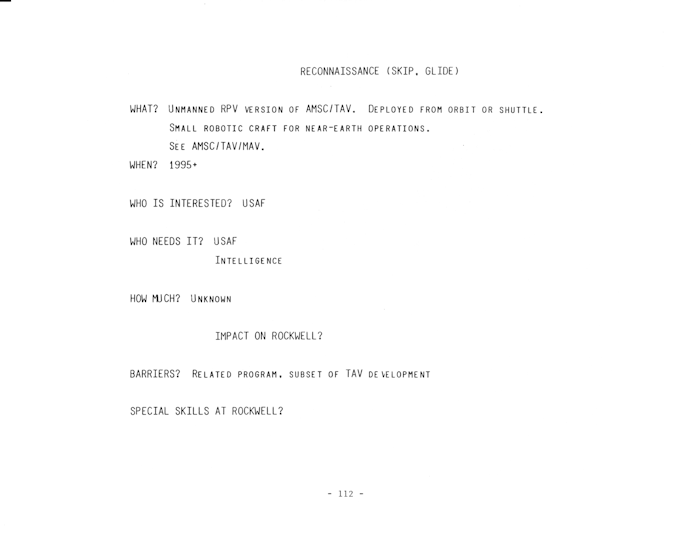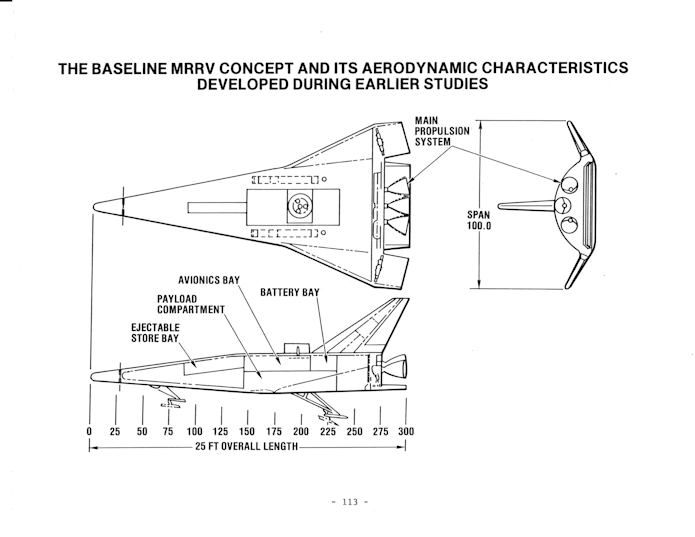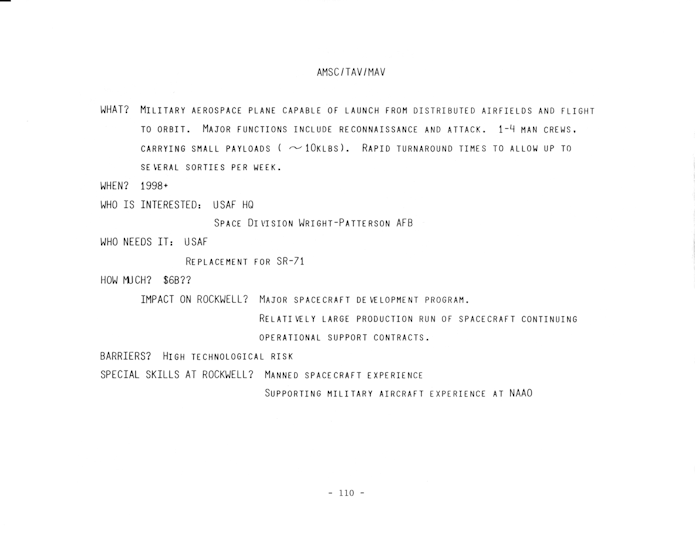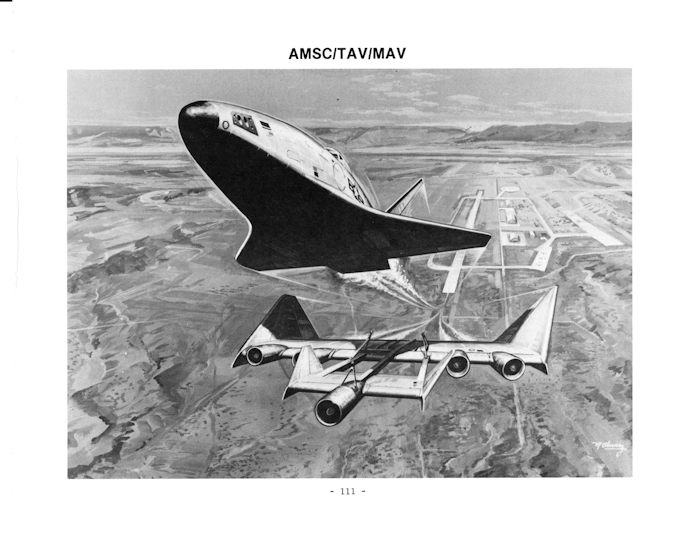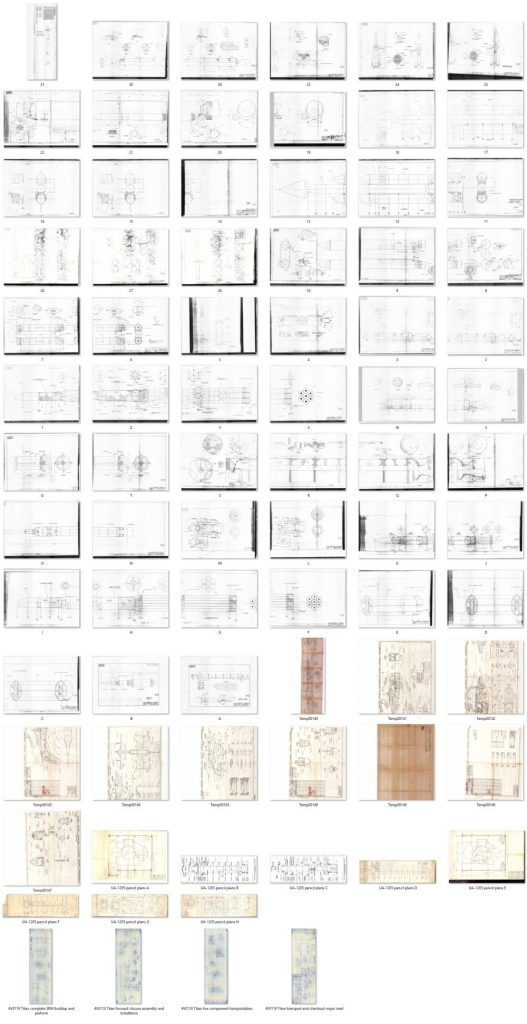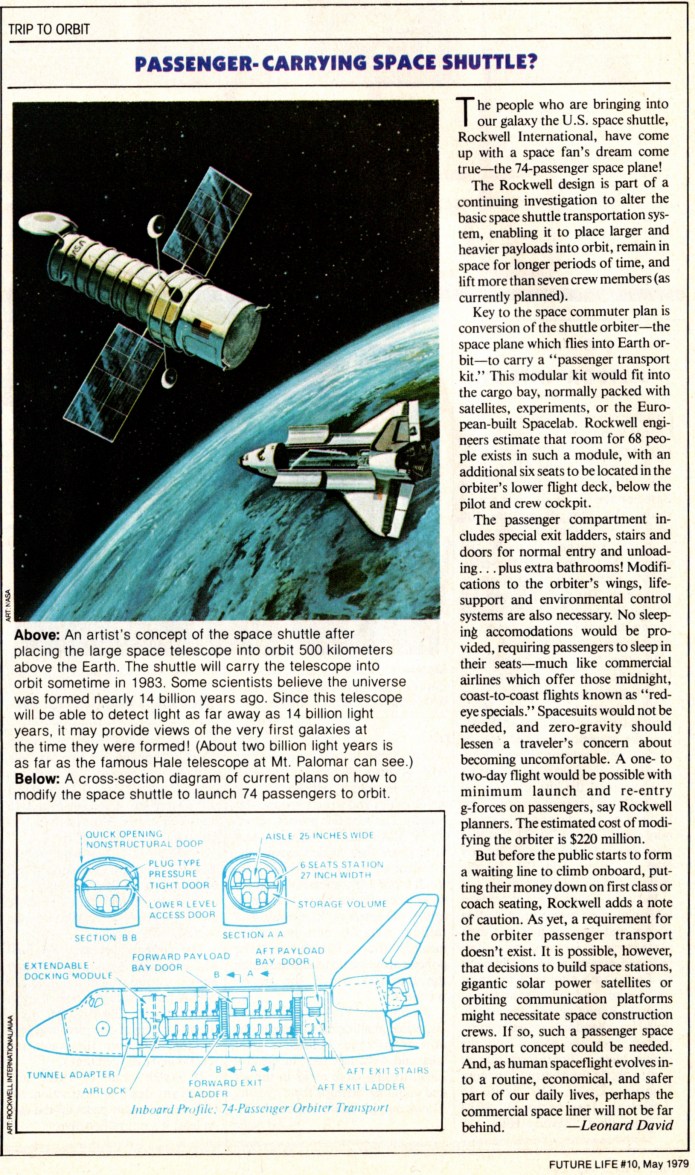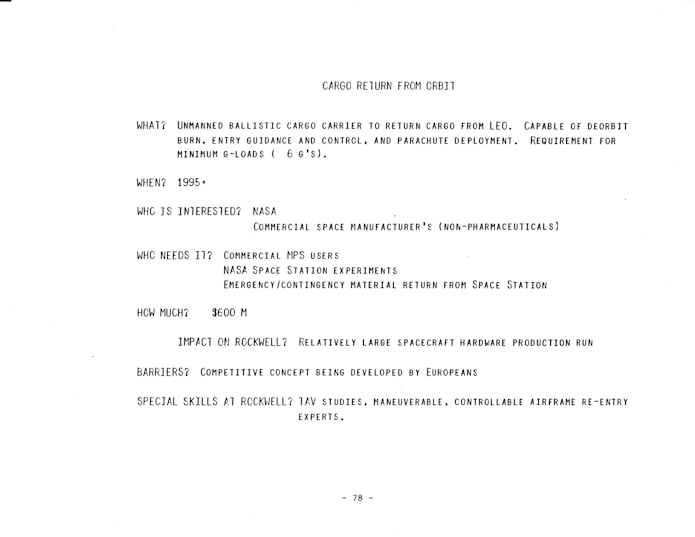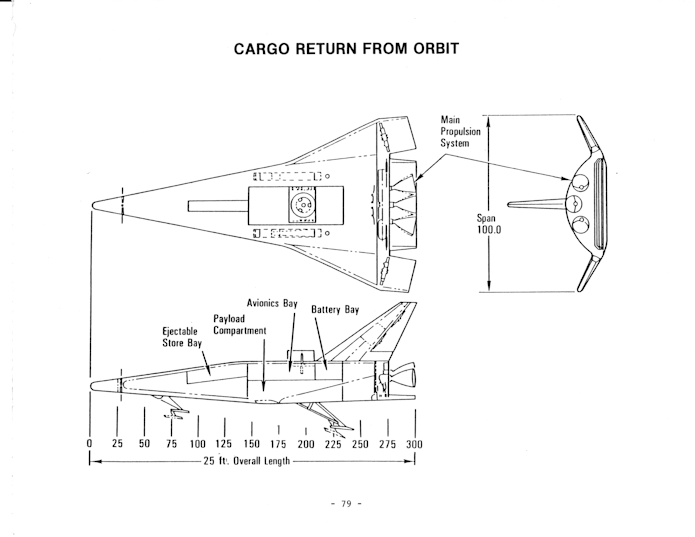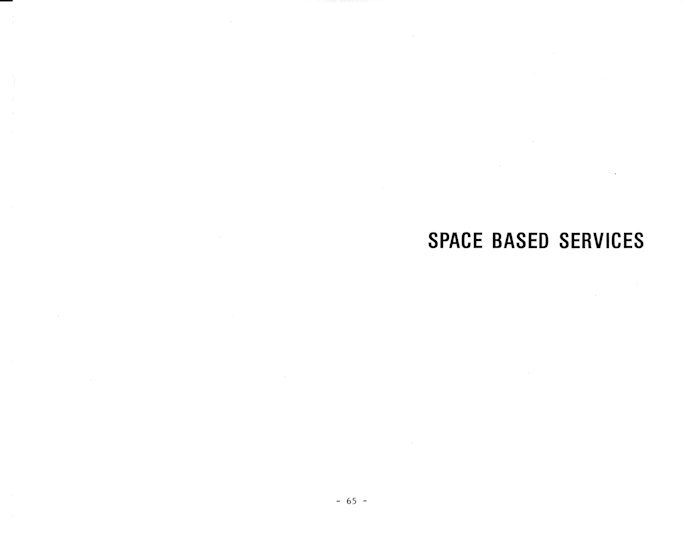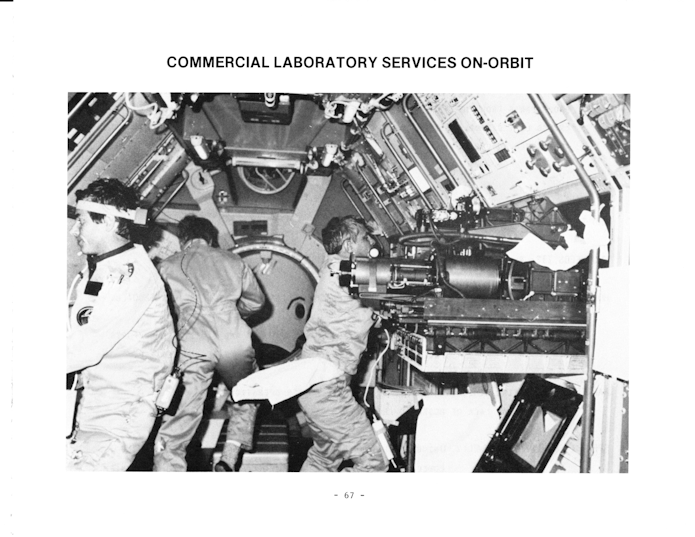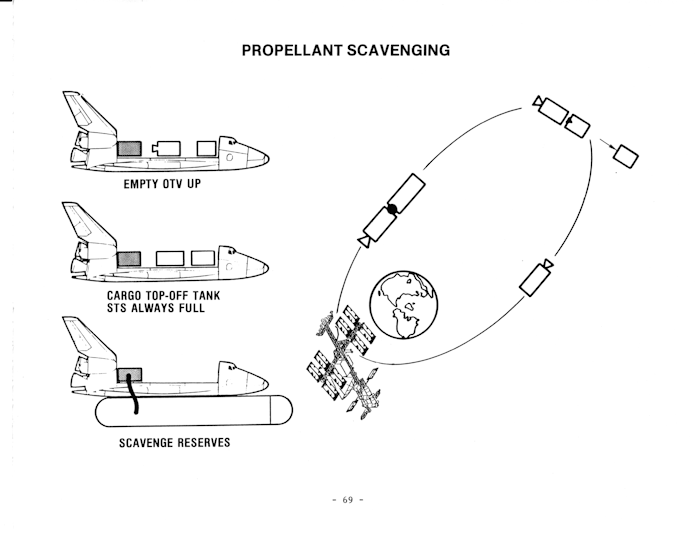In 1985, Rockwell International considered the business case of an advanced single stage to orbit vehicle. The design illustrated was a manned, winged horizontal launched, horizontal landing design with, oddly, air inlets on the upper surface. Unlike the “Orient Express” or NASP designs of the time, this design was not meant to lift off and accelerate to Ludicrous Speed using scramjets, but was to lift off and rather sedately rendezvous with a tanker aircraft. This… is a bit familiar.
In the late 1990’s I worked for Pioneer Rocketplane. Our plan was to design and build a spaceplane that would lift off from a runway under turbojet power, with fuel tanks full of RP-1 and oxidizer tanks full of very little. The vehicle would rendezvous with a tanker aircraft which would transfer not jet fuel, but liquid oxygen. This is because for best performance an RP-1/LOX rocket system needs a far greater mass of LOX than RP-1. So leaving the LOX tank basically empty (a small amount was carried to keep the tank pressurized and chilled) would allow the vehicle to lift off at lowest practical mass. This lowered the mass needed for the landing gear, and lowered the surface area needed for the wings, which of course lowered the mass of the wings. The rocketplane would tank up, separate from the tanker and fire its rocket engine. In the case of the Pioneer Rocketplane “Pathfinder,” the spaceplane would reach orbital altitude, but not orbital velocity. An upper stage would boot the payload into orbit; the spaceplane would return home, either gliding or under jet power. The Rockwell design illustrated below *seems* to have been meant to operate in a similar fashion, but with the spaceplane intended to put itself directly into orbit. Most likely it would have been LH2/LOX powered, probably with SSME derivative engines.
The description in the text, though, describes very different vehicles, using propulsion system best described as highly steeped in the hypothetical. Atomic hydrogen and metastable helium are great stuff if you can get them… and, basically, you can’t. Not with 1980’s tech, not with 2020 tech. Someday, maybe.
